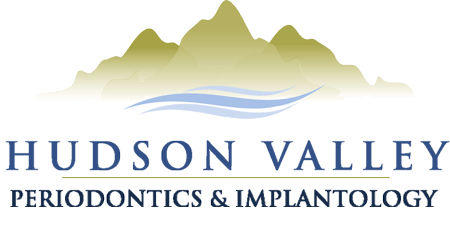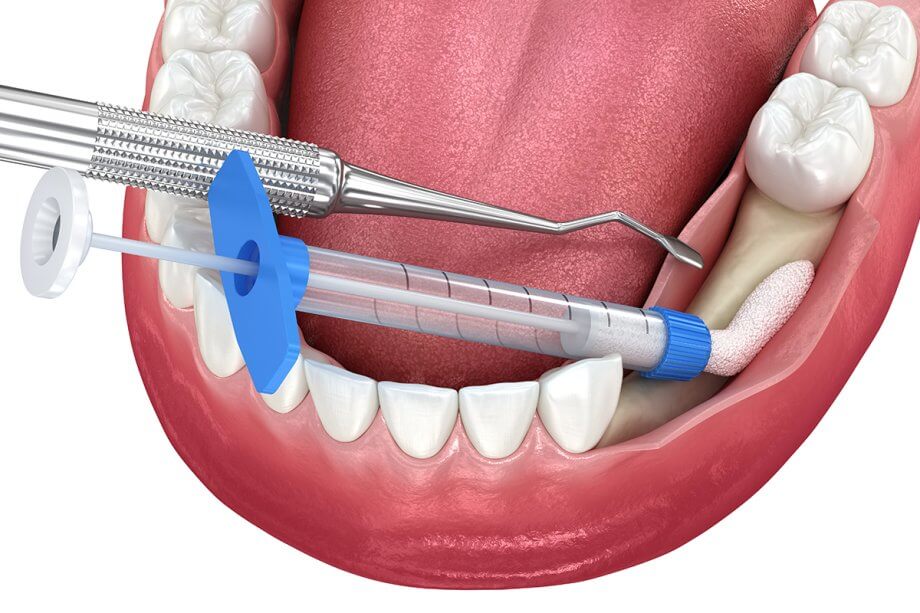Bone grafting is a procedure that is used to restore lost bone tissue. In the case of dental bone grafting, the focus is on the jaw, to strengthen the existing bone and encourage regeneration. Dental bone grafting is often used in preparation for the placement of dental implants, which are surgically implanted in the jaw bone and require sufficient bone density to be successful.
Are you considering dental bone grafting or have an upcoming appointment? If so, a common question is how long it takes to heal from the procedure. Here’s an overview of the process and what you can expect in terms of recovery.
What is Dental Bone Grafting?
During a dental bone grafting procedure, bone material is placed over and around the existing bone to stimulate new growth. The bone material may be taken from the patient’s own body, a cadaver, or an animal. In some cases synthetic bone is used.
The procedure involves opening the gum tissue, placing the bone tissue under the gums on top of the existing bone, and then suturing the gum tissue back into place. Minor bone grafting can be done in the dental office, but major bone grafting may require a hospital setting.
When Is Dental Bone Grafting Necessary?
Bone grafting may be recommended if there is significant bone loss in the jaw due to any of the following:
- Missing teeth. The absence of a tooth can lead to bone loss in the jaw where the tooth should be. The bone gradually deteriorates and the body absorbs it, leaving a weak spot in the jaw that is sometimes visible in the facial features.
- Birth defects. Certain birth defects can cause abnormalities. such as cleft lip or palate, that can be corrected with bone grafting.
- Trauma. Injuries to the jaw can result in the need for bone grafting to promote healing and regeneration of lost bone density.
- Tumor removal. The growth of oral tumors can affect jaw bone density, and bone grafting may be beneficial after removal.
The Healing Timeline: What to Expect
- Immediate post-surgery recovery (first 24-48 hours). You may experience swelling, minor bleeding, and tenderness of the gum tissue. Over the counter pain relievers are typically sufficient to manage discomfort, but we can prescribe something stronger if needed. You’ll need to eat a soft diet and apply ice to the side of the face. Avoid drinking from a straw.
- Short-term healing (first week). After a few days you should experience reduced discomfort and swelling. You can start to eat more solid foods, but avoid anything chewy, hard, or crunchy. Avoid spicy foods as well, as they can irritate inflamed tissues.
- Long-term healing (weeks to months). In the weeks and months that follow your procedure, your gum tissue will completely heal and the bone will gradually strengthen and regenerate. Full regeneration can take anywhere from 6-12 months.
Factors That Affect Healing Time
- Type of bone graft used. You may experience faster healing if your bone graft came from your body.
- Patient’s overall health and age. Your personal rate of healing as well as your age can affect your recovery time and speed of regeneration.
- Oral hygiene practices during recovery. Taking proper care of the surgical site and practicing good oral hygiene habits can help to prevent infection and accelerate healing.
- Smoking and other lifestyle factors. Smoking, alcohol consumption, and poor diet can all slow the healing process after bone grafting.
The Importance of Follow Up Care
If you experience any abnormal symptoms following your procedure, such as uncontrolled bleeding, severe pain, or fever, contact us right away. These symptoms can indicate more serious conditions that need immediate attention, such as infection. Even if you don’t experience any abnormal symptoms, follow-up care is still important. Be sure to keep all of your appointments so that your healing and progress can be monitored.
Frequently Asked Questions About Bone Grafting
Is bone grafting surgery?
Bone grafting is considered to be an oral surgery and may include general surgery to harvest the bone graft from your body. The type of bone graft will determine the type of anesthesia used for the procedure, ranging from local to IV sedation.
How long does the bone grafting procedure take?
The length of the procedure varies from one case to another. The type of bone graft and the surgery required will be the biggest factor. We can provide a more accurate time estimate after your consultation.
Hudson Valley Periodontics and Implantology provides bone grafting for a variety of needs from preparation for dental implants to treatment for dental trauma and birth defects. Our expertise extends to dental implants and other periodontal procedures, allowing patients to receive comprehensive care under one roof. Contact us today to learn more and schedule an appointment.

